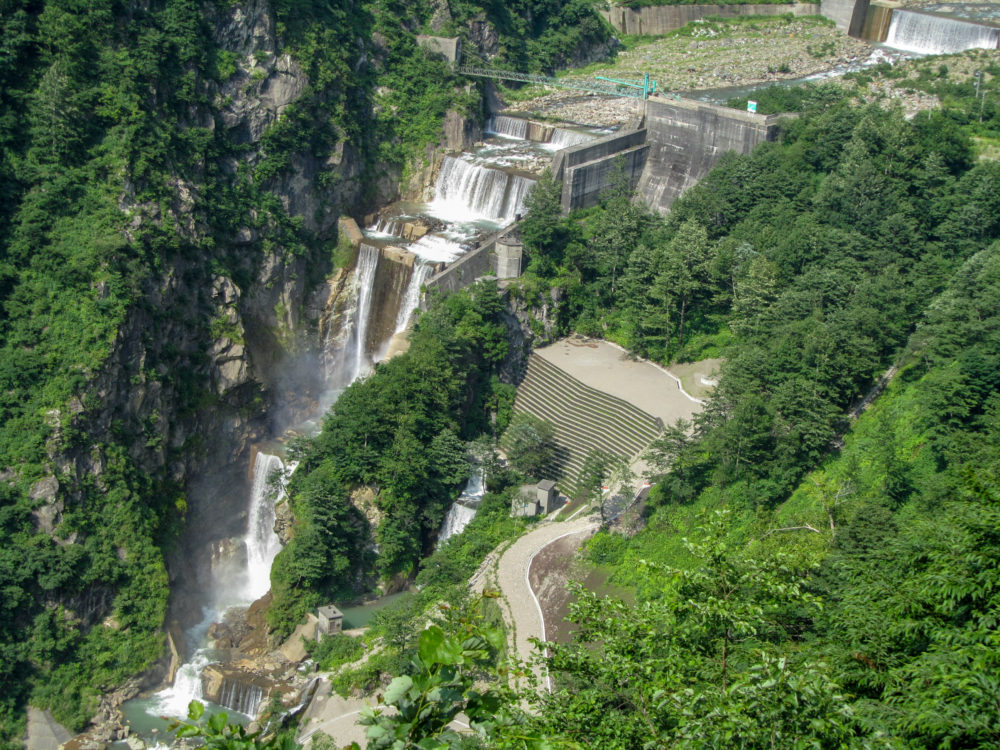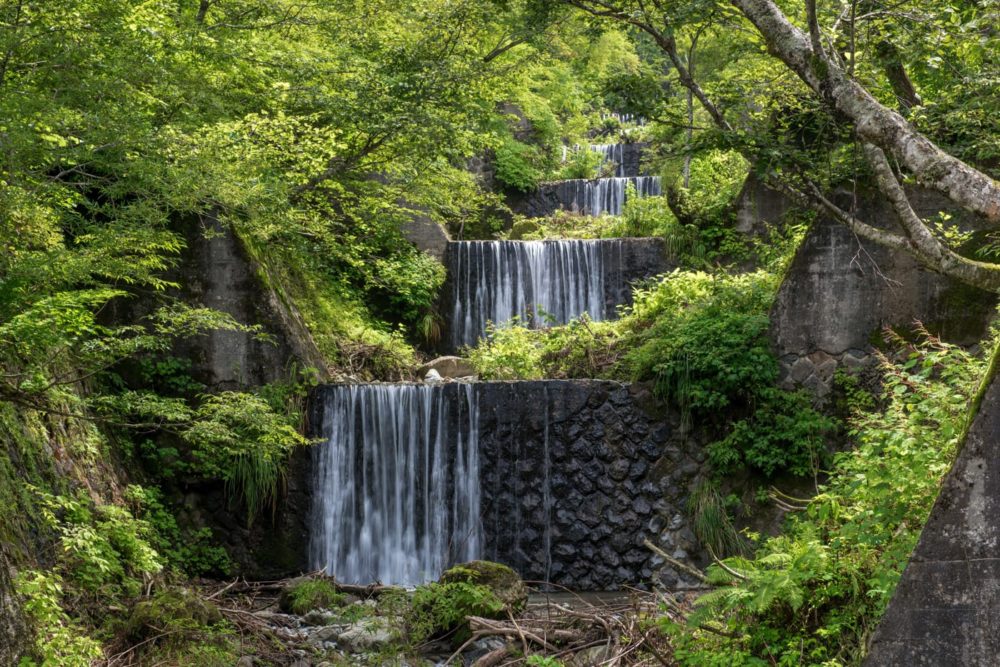Diesel locomotive #Front view #Local lineWith special permission, we installed a camera on the Tateyama Sabo Trolley personnel transport vehicle, which is on a construction track. We will show you the scenery along the line, including the longest 18-step continuous switchback in Japan, an unexcavated tunnel, and an erosion control dam, as well as the driver's skillful driving techniques.
Install the app
How to install the app on iOS
Follow along with the video below to see how to install our site as a web app on your home screen.
Note: This feature may not be available in some browsers.
You are using an out of date browser. It may not display this or other websites correctly.
You should upgrade or use an alternative browser.
You should upgrade or use an alternative browser.
2 Hours of continuous mountain climb with zig zags and tunnels
- Thread starter big_b
- Start date
There at 8:16, that kind of narrow ledge on the mountainside train running and car driving make me nervous. I'm quite happy to currently live in rolling hills instead of mountains!
Which is kind of funny since 2 of my 3 freelance railroads are set in mountains and one even has mountain in its name.
And I'm testing various switchback style layouts/routes.
That light green color they use on their railway equipment is nice.
Which is kind of funny since 2 of my 3 freelance railroads are set in mountains and one even has mountain in its name.
And I'm testing various switchback style layouts/routes.
That light green color they use on their railway equipment is nice.
aryadwi_ef641030
Wait for 5 minutes
Although it seems like an utter waste of money, but from the start it was intended for controlling sabo dams (which prevents the uncontrolled effects from any natural disasters caused by typhoon or large scale rain) within the Jouganji River in Toyama Prefecture, since the upper part of river that lies within the Tateyama Mountain Range is too difficult to be reached by ordinary road. Sometimes they operated only the locomotive throughout the whole length of railway for allowing the personnel to inspecting all of sabo dams located within the range of railway itself, which is actually very helpful for collecting data related to the condition of each sabo dams (as even small cracks within the structure of sabo dam itself could trigger a fatal disaster if left without any attention).Huh. They built that railway to handle ONLY a locomotive? What's the point?
Beautiful, but seems an utter waste of money
Rico
While this line was constructed from 1926 to 1930s (the same time when sabo dams of Jouganji River began to be built for reducing water-related natural disasters in the Toyama Prefecture), the current form of this line was completed only in 1965 after the original incline section (and the later aerial lift section) was rebuilt as a normal railway line due to insufficient capacity for transporting personnel and material required for controlling sabo dams. Since this railway is designated as a state-owned facility, it is directly controlled by Hokuriku Regional Development Bureau of MLIT (Ministry of Land, Infrastructure, Transport and Tourism), which is one of several ministries of Japanese government. And this line is categorized as neither an ordinary railway nor a tramway, but a construction railway controlled under the Industrial Safety and Health Law (労働安全衛生法, read as "roudou anzen eisei-hou"), further indicating that this line is generally only accessible to everyone in MLIT and its regional development bureaus.
@aryadwi_ef641030 - Thank you for that most thorough explanation of the railway and it's build purpose.
I googled "sabo dams of Joganji River" and came up with this website by Toyama-Bunkaisan, covering the sabo dams with some nice photographs of the dam locations.
Link > Sabo dams of Joganji River
I especially like this one:

and this one

This site has a few photos of the construction of the Shiraiwa dam
Representative Sabo Facilities : Shiraiwa Sabo Dam
Rico
I googled "sabo dams of Joganji River" and came up with this website by Toyama-Bunkaisan, covering the sabo dams with some nice photographs of the dam locations.
Link > Sabo dams of Joganji River
I especially like this one:

and this one

This site has a few photos of the construction of the Shiraiwa dam
Representative Sabo Facilities : Shiraiwa Sabo Dam
Rico
